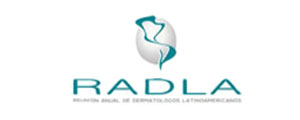VOLTAR
IMCAS World Congress 2022
IMCAS World Congress 2022
Programa
Adaptar ao meu fuso-horário a agenda da aula/congresso transmitida ao vivo
Fuso-horário de referência: (UTC+02:00) Europe, Paris
S028
Aesthetic treatments: experience in Latin America (in collaboration with RADLA)
Sala: Room 242 AB - Level 2
Data: sexta-feira 3 junho 2022 de 13:30 às 15:30
Formato: FOCUS SESSION > lectures covering a major topic of the congress
Data: sexta-feira 3 junho 2022 de 13:30 às 15:30
Formato: FOCUS SESSION > lectures covering a major topic of the congress
Apresentações desta sessão
| Horas | Palestrantes | Título da apresentação | Resumo | Número |
| 13:30 | Role of ultrasound in cosmetic fillers | 113242 | ||
| 13:45 | My best medical dermatology case | 112508 | ||
| 14:00 | My best cases | 112509 | ||
| 14:15 | Laser treatments in dark skin | 113243 | ||
| 14:30 | The FAST Method: a gateway to improve facial injectables | Visualizar | 116029 | |
| 14:45 | High resolution ultrasound of fillers and their implications in aesthetic medicine: a study on human cadavers | Visualizar | 113761 | |
| 15:00 | Combination therapy for optimal aesthetic efficacy | Visualizar | 113763 | |
| 15:15 | Discussion and Q&A | 112511 | ||
















